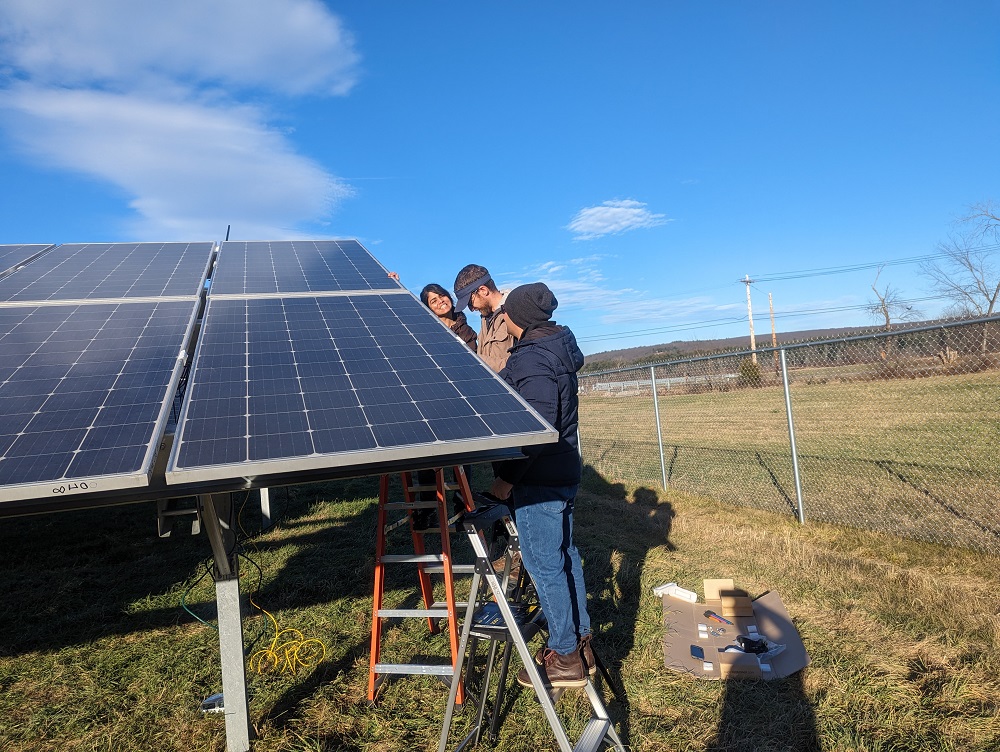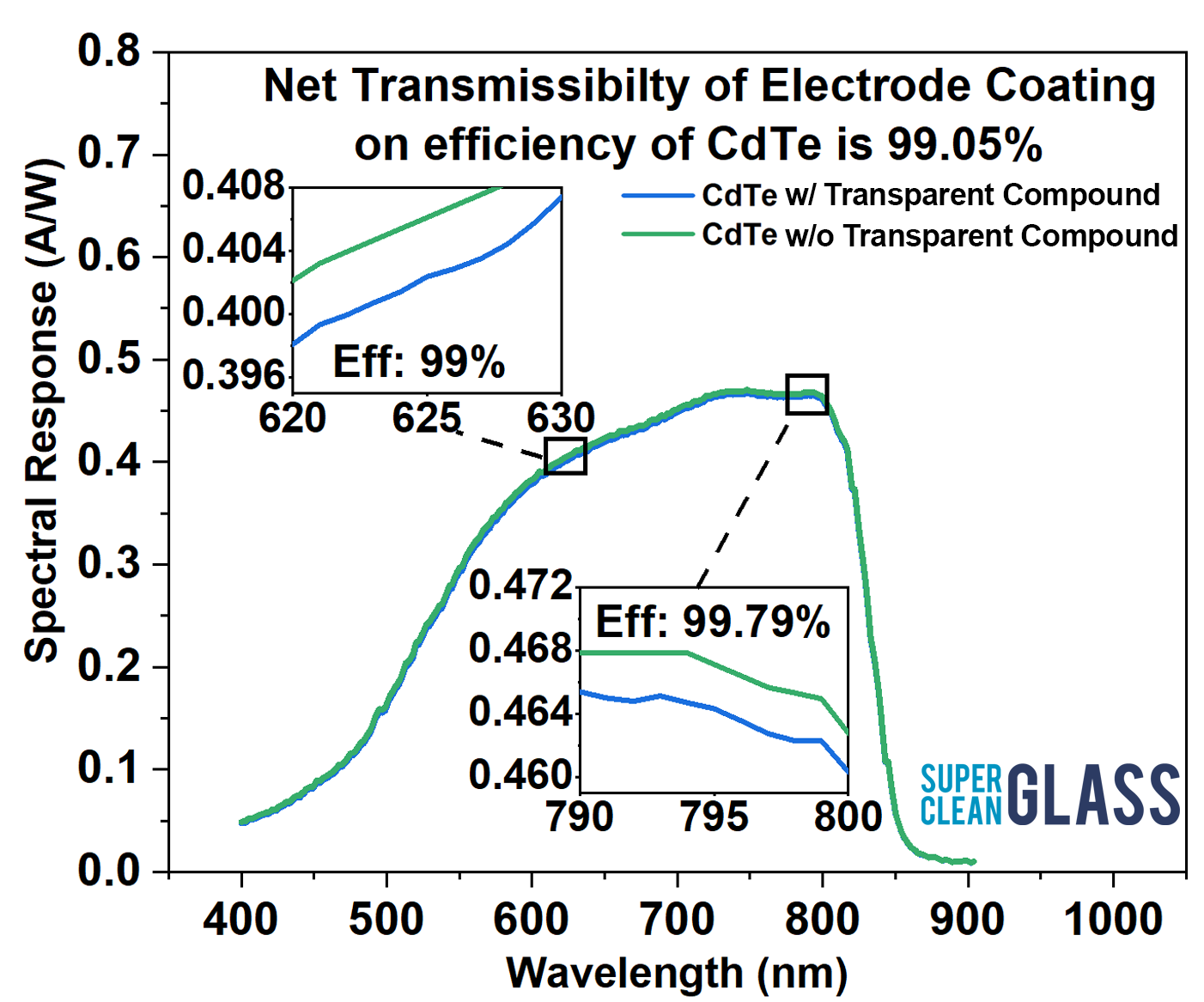Sol Clarity is developing an electrodynamic screen (EDS), which charges dust particles with a static charge and then uses an electromagnetic wave to sweep them off the solar panels. The company is currently seeking investment partners to help scale its operations and is testing the technology on a community solar project in the Northeastern U.S.
In the video above, the dust can be seen suddenly falling off the panels when the electromagnetic wave is engaged.

The Massachusetts-based company has tested its EDS material at a community solar facility in the Northeast owned by developer Nexamp. More recent tests were conducted at a facility in Chile, and next year, they plan to implement the technology at a power plant owned by Engie in California. The startup has received support from two state-funded groups that assist startups, Mass Ventures and the Massachusetts Clean Energy Center (MassCEC), and raised a $920K Seed I round with Equinor ventures, Techstars, and Friends & Family to begin work on their first commercial pilot.

At the Nexamp site, Sol Clarity installed eleven full-scale solar panels equipped with EDS systems, complete with power boxes and intricate circuitry.
According to a 2018 paper, Sol Clarity expects the EDS system to operate for one to two minutes daily. The paper estimates that less than 1 watt-hour of electricity will be used per square meter per cleaning cycle, allowing for approximately 500 solar modules to be cleaned daily with just 1 kWh of electricity.
The product, which can be installed in the factory or retrofitted in the field, consists of either two or four layers, plus a power box. The factory-installed product includes an optically clear adhesive layer, plus a dielectric layer that contains the printed electrodes. The retrofit version adds two additional layers that separate the printed electrodes from the top dielectric layer.

Other players in the EDS field include SuperClean Glass, which is still refining its product to meet commercial standards. Jim Smith, VP of Business Development and Engineering Lead, commented, “Having passed the first few milestones of industry standard tests, this next phase is focused on scaling up and driving costs down. We need to develop systems and processes to produce a football field of patterned glass per day and drive costs down for a competitive ROI. Of course the societal benefit is in the elimination of the use of potable water.”
The company has been reserved about the volume of information they share, but they did release data indicating that the net transmissibility of light through their electrode coating on a cadmium telluride solar panel is 99.05%.
Another EDS company, CleanFizz, has conducted tests in Saudi Arabia, showing that their product can remove over 95% of soiling losses from solar panels. They recently announced the closure of a $1M investment round at the end of 2023 and are now seeking $50 million to build a 300 MW manufacturing facility in Switzerland.
Although the financial viability of cleaning solar panels is often debated, there is clear evidence that soiling significantly reduces electricity output, as was shown by high pollen east coast sites in a recent analysis – along with driving hot spot damage, potentially significantly lowering the lives of solar modules. Pollen’s unique characteristics, and the dynamics of rain, have made all three of the EDS firms target arid and semi-arid regions.

This content is protected by copyright and may not be reused. If you want to cooperate with us and would like to reuse some of our content, please contact: editors@pv-magazine.com.








By submitting this form you agree to pv magazine using your data for the purposes of publishing your comment.
Your personal data will only be disclosed or otherwise transmitted to third parties for the purposes of spam filtering or if this is necessary for technical maintenance of the website. Any other transfer to third parties will not take place unless this is justified on the basis of applicable data protection regulations or if pv magazine is legally obliged to do so.
You may revoke this consent at any time with effect for the future, in which case your personal data will be deleted immediately. Otherwise, your data will be deleted if pv magazine has processed your request or the purpose of data storage is fulfilled.
Further information on data privacy can be found in our Data Protection Policy.